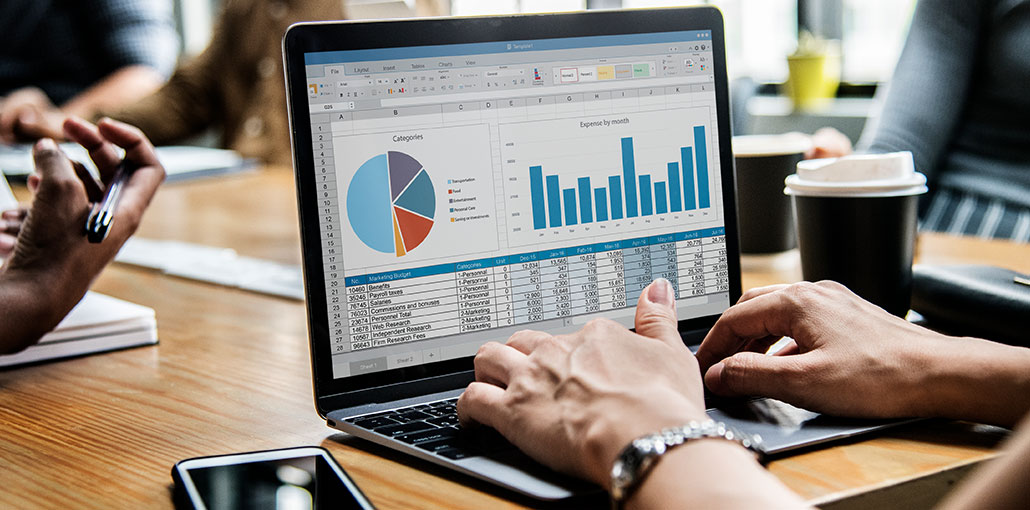In an era of Big Data, understanding how to extract useful information and derive actionable insights is critical for businesses. One tool at your disposal is the Marimekko chart. Keep reading to explore how you can effectively utilize Marimekko charts to make sense of huge datasets.
Understanding Marimekko Charts in Big Data
Businesses, large and small, rely on Big Data to unearth business trends and consumer behaviors. A tool like the Marimekko chart can come in handy when dealing with enormous datasets.
In the realm of big data, this chart type proves beneficial when examining large datasets to discern trends or patterns. Since Marimekko charts use color and area to represent data, they can offer more ease in understanding and interpretability than number-heavy reports or spreadsheets.
To get the most from these chart types, it’s important to learn how to construct them correctly and interpret them accurately. These two factors are a prerequisite to extracting useful insights from your data.
The Marimekko chart has found use in various industries, including marketing, sales, finance, HR, and many more. Any data-rich field can potentially benefit from the effective use of these charts.
Also read: What is the Data Analysis Process? Types and Tools
The Power of Visuals: Marimekko Charts and Big Data Analysis
Visualized data is easier to comprehend than raw numbers. This is why charts and visual aids are so prevalent in data analysis. With the graphical representation of data, it becomes easier to recognize patterns, trends, and outliers.
Marimekko charts, with their two-dimensional plots, facilitate a quick grasp of the relationship between two variables. Using color and area dimensions, these charts effectively illustrate complex multifactorial data.
Not only do they make sense of large datasets accessible to a wider audience, but they also enable analysis of micro and macro trends simultaneously. Aspects of macro-trends, which often get diluted in detailed data, stand out in the broader visualization of Marimekko charts.
The simplicity and effectiveness of Marimekko charts for big data analysis cannot be overstated. These tools, when used well, can lead to groundbreaking insights and transformations in business strategies.
Also read: How to Read Candlestick Trading Charts – A Complete Guide for Beginners
Application of Marimekko Charts in Discovering Data Insights
Marimekko charts are widely usable in identifying business opportunities and drawbacks. They help organizations comprehend market structure, product mix, segmentation, and many other essential aspects.
For instance, when utilized in sales, they can spotlight patterns in regions with high and low sales volume, leading to more targeted marketing strategies. In finance, they can assist in understanding cost structures and revenue streams, affecting strategic budget allocation.
The versatility of Marimekko charts makes them a valuable asset in the arsenal of any data-driven organization.
Step-by-Step Guide To Creating Marimekko Charts
Creating a Marimekko Chart may appear daunting, but with step-by-step guidance, it is quite achievable. First, one needs to define the variables to be plotted. A well-defined goal can effectively guide this process.
Data should then be accurately captured and prepared for processing. Specific software can be used in creating these charts. Excel, Tableau, and other similar data analysis tools often present user-friendly interfaces for creating Marimekko Charts.
Care must be taken to properly assign the color and area dimensions to represent the desired variables. Misrepresentation can lead to inaccurate interpretations of the data.
Overall, understanding and using Marimekko charts effectively can enhance your Big Data analysis, yielding valuable insights to drive your business forward. The power of the Marimekko chart lies in its ability to make infographics out of complex data, leading to clear visual representations and, ultimately, actionable insights.










Leave a comment